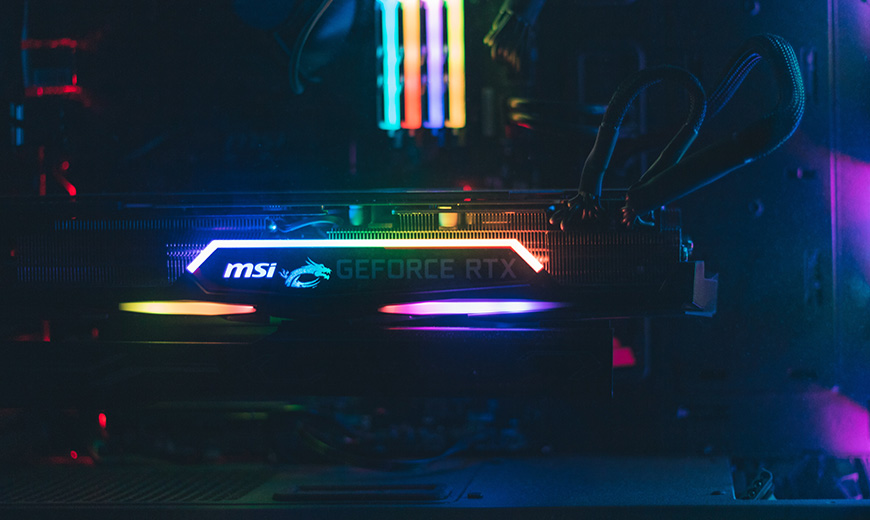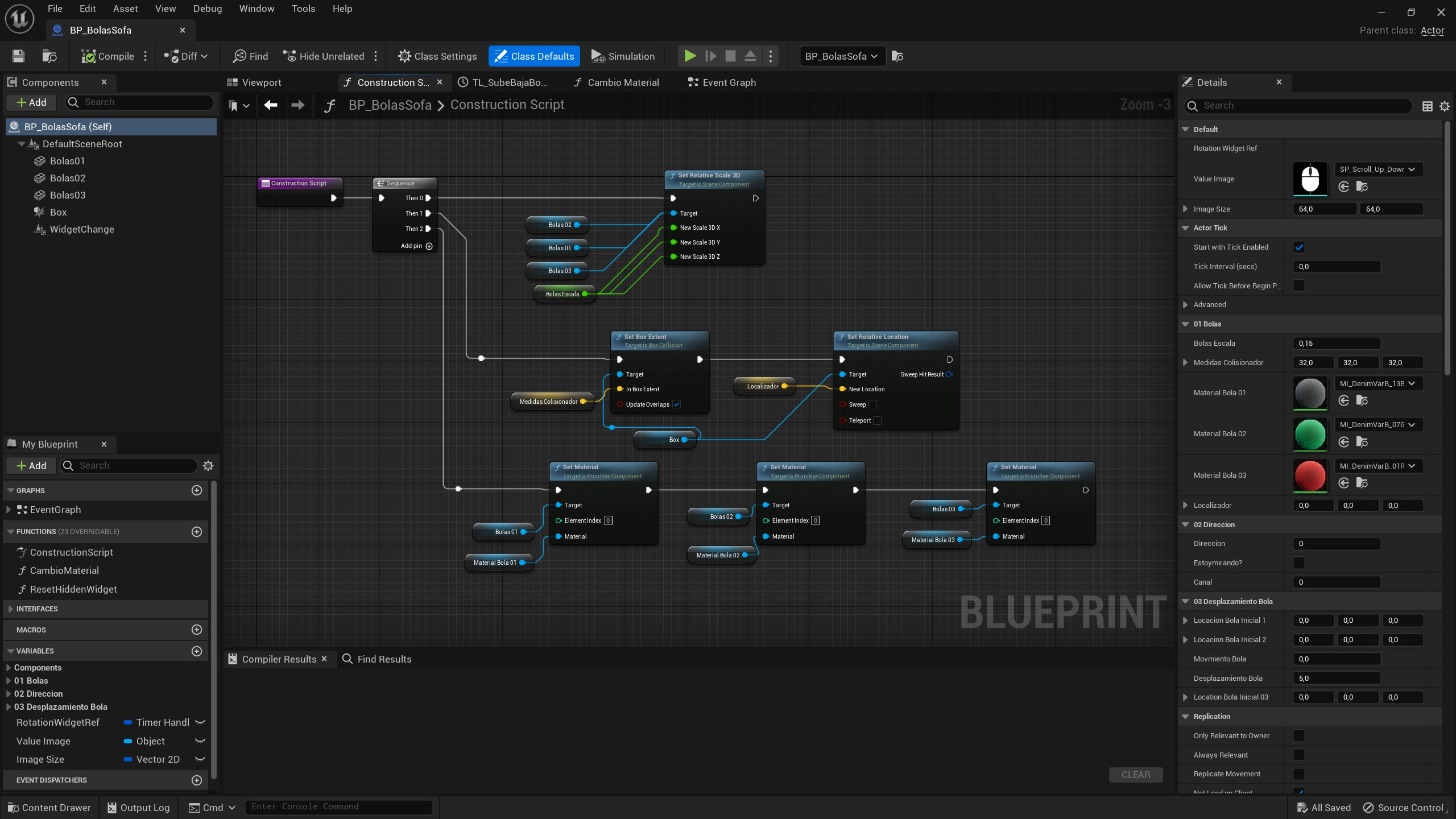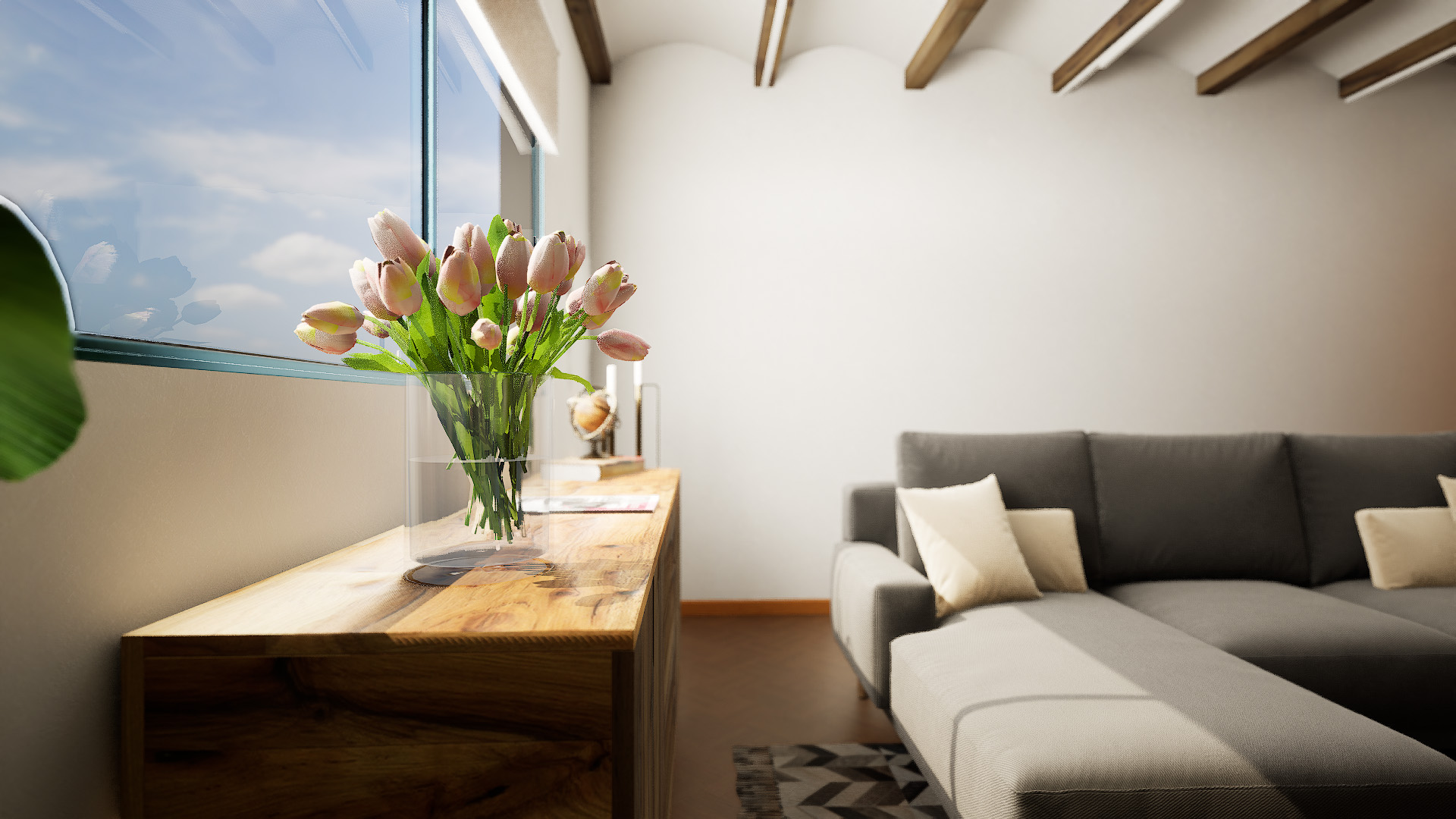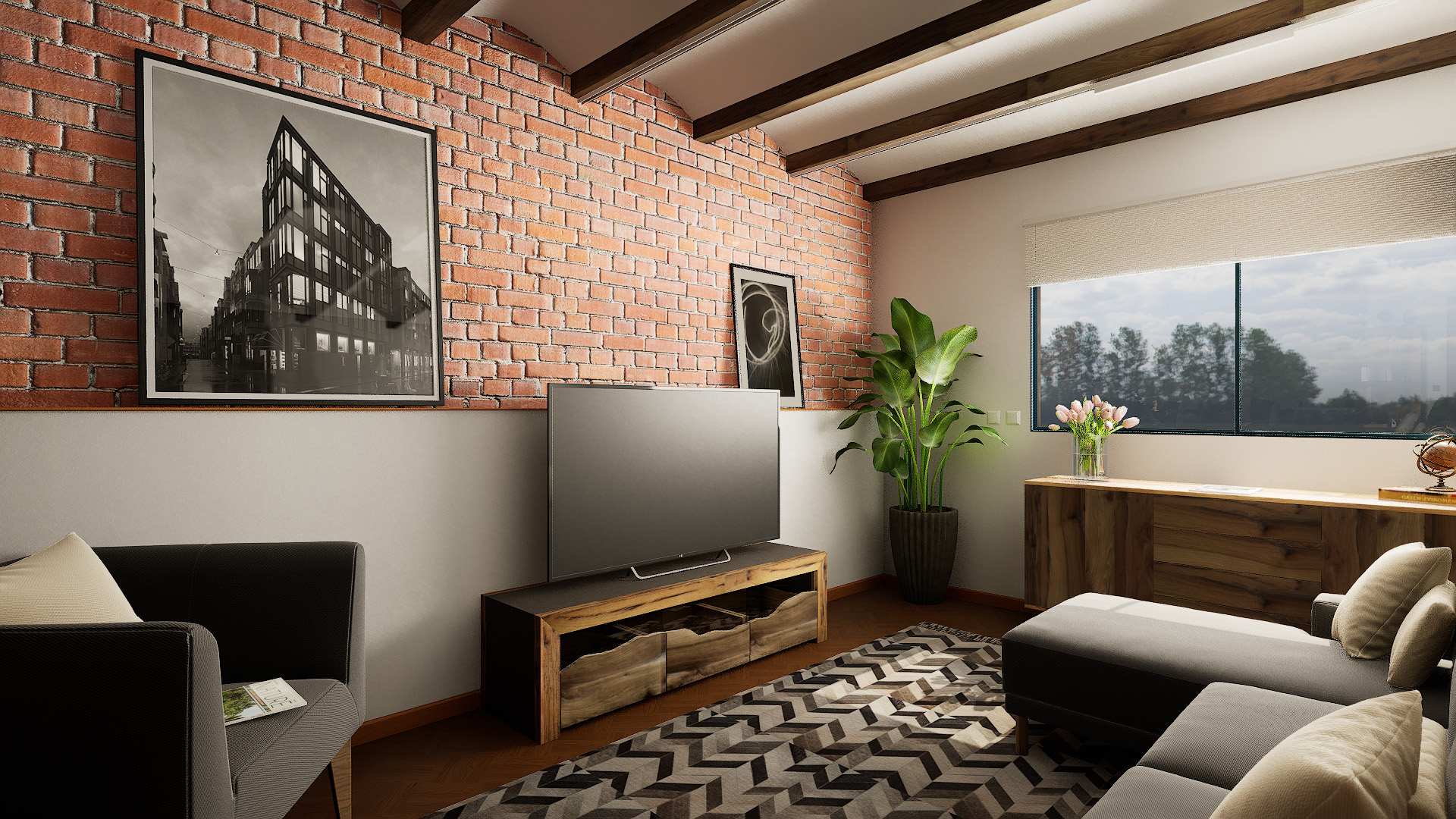Real Time Interaction
- Home
- Our Services
- Real Time Interaction
Experiencing Design with Real-Time Interaction
Unreal Engine can be used for architectural visualization by creating 3D models of buildings and environments, and then using the engine’s tools to create interactive and immersive experiences. This can include things like virtual tours, fly-through animations, and interactive walkthroughs.
The engine’s real-time rendering capabilities allow for photorealistic visuals, and its physics engine can be used to simulate natural light and shadows, as well as other environmental effects. Additionally, Unreal Engine’s Blueprint system or C++ can be used to create interactive elements, such as doors that open and close, or lights that turn on and off.
Furthermore, Architectural visualization professionals can import their 3D models from a variety of modeling software such as SketchUp, Rhino, Revit, and more into Unreal Engine, and use its visual scripting to create interactive and realistic representation of the architectural design.
In conclusion, Unreal Engine is a powerful tool for architectural visualization, it allows for the creation of high-quality, interactive, and immersive experiences, which can be used for architectural design, presentations, marketing, and more.
Part of Blueprint Code
Real Time interactive
Getting closer to reality





